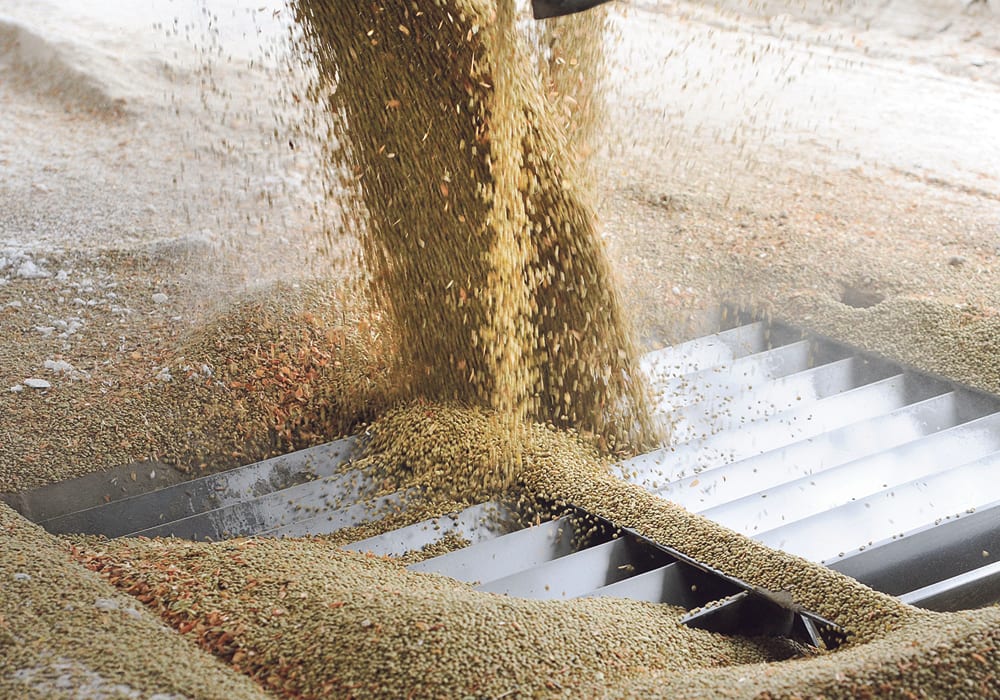India’s import tax hasn’t helped price outlook, but a 28 percent increase in North American supplies is the real problem
No matter how hard Chuck Penner shakes his Magic 8 Ball, the answer is the same — outlook not so good.
His question?
What is the prognosis for green lentils?
“I’d love to be optimistic but I can’t find any grounds for it,” said the LeftField Commodity Research analyst.
Large green lentils are selling for about 20 cents a pound compared to around 34 cents a year ago.
“The prices say it all. We raised production too much in Canada and the U.S.,” said Penner.
Read Also

Message to provincial agriculture ministers: focus on international trade
International trade stakeholders said securing markets in the face of increasing protectionism should be the key priority for Canada’s agriculture ministers.
He estimates green lentil supplies are up 200,000 tonnes, or 28 percent, over last year. Stat Publishing estimates U.S. lentil supplies are up 115,195 tonnes, or 27 percent, year-on-year. The U.S. primarily grows green lentils.
That is the source of Penner’s pessimism. He said prices would be depressed even if India hadn’t slapped a 30 percent import tax on the crop.
He said it is difficult to buy green lentil demand by lowering prices, so there will likely be a large carryout heading into 2019 spring planting that farmers will need to get rid of before the crop starts discolouring.
One possible source of salvation for the green lentil market is a disappointing Indian pigeon pea crop.
According to the India Pulses and Grains Association, 88 percent of the country’s pigeon peas are grown in three states — Maharashtra, Arunachal Pradesh and Karnataka.
The India Meteorological Department said this year’s monsoons delivered rainfall that was nine percent below the long-term average but the totals were far worse for two of the three pigeon pea growing states.
Rainfall was 32 percent below normal in Arunachal Pradesh and 29 percent below in northern Karnataka.
Maharashtra’s total was much better at eight percent below normal, according to the IMD. But the state government believes the deficit is more like 23 percent. The government has declared a drought throughout much of the state.
Penner said there are signs that the pigeon pea crop could be in trouble.
“I’ve noticed just in the last week or two that pigeon pea prices have started to edge a bit higher in India, so I think there’s starting to be a bit of a realization there,” he said.
Imported green lentils can be used as a substitute for pigeon peas. Penner said there is a possibility they could start importing Canadian green lentils if the situation is bad enough.
“They would still have to back off from the tariffs to let a lot of that trade move,” he said.
Penner doesn’t believe that will happen until India’s general elections take place in April or May of 2019.
















